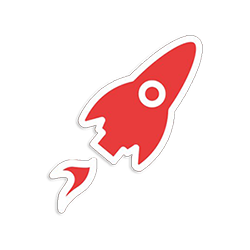Laravel & React
Learn how to integrate Laravel & React and code secure and scalable apps for a modern web - FREE Sample Included.
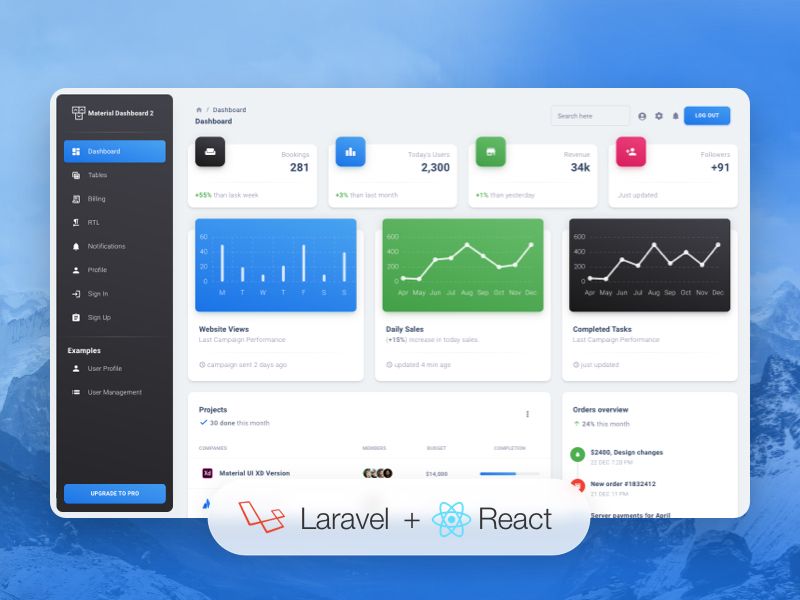
Hello! This article explains how to integrate Laravel & React (short introduction) and code performant, scalable, and interactive web apps. To make this article more useful, we will mention an open-source Laravel & React Starter crafted and released for free by Creative-Tim.
✅ Integrate React & Laravel
Laravel is a popular open-source PHP web application framework, while React is a widely used JavaScript library for building user interfaces.
Integrating Laravel and React allows you to create modern and dynamic web applications by leveraging the strengths of both technologies. Here's a brief introduction to each, followed by a tutorial on how to integrate them.
What is Laravel
Laravel is a powerful and elegant PHP web framework known for its developer-friendly syntax and rich feature set. It provides features like routing, authentication, database migrations, and an expressive query builder called Eloquent.
Laravel follows the Model-View-Controller (MVC) architectural pattern, making it well-structured and maintainable. It also includes built-in support for handling tasks like user authentication, caching, and queuing.
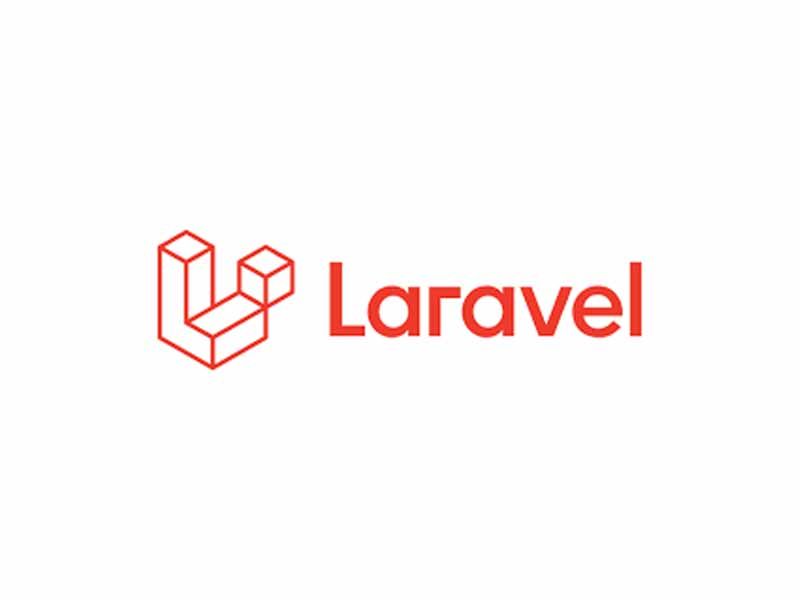
What is React
React is a JavaScript library developed by Facebook for building user interfaces (UI). It's known for its component-based architecture, which allows you to create reusable UI elements.
React uses a virtual DOM to efficiently update and render UI components, resulting in fast and responsive applications. It's commonly used in conjunction with other libraries and frameworks to create full-stack applications.
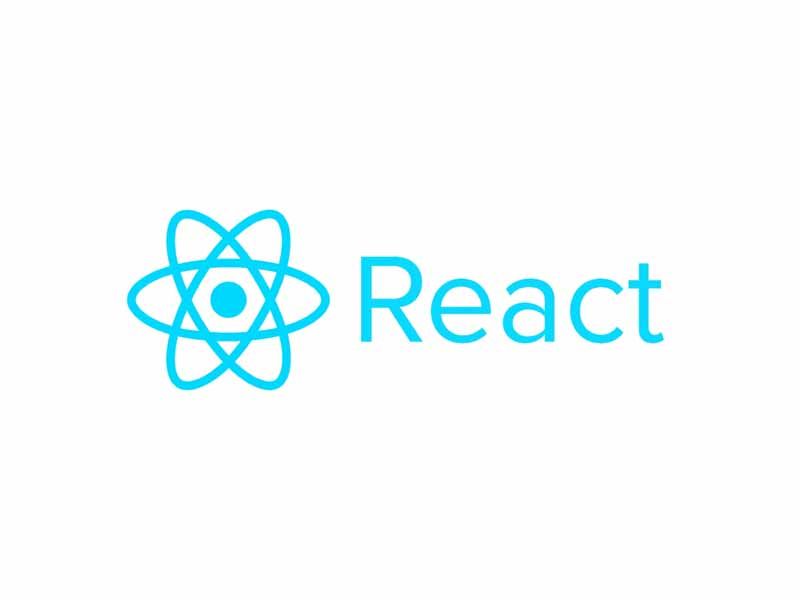
To integrate Laravel and React, you can follow these general steps:
✅ Step 1: Set Up Your Laravel Backend
Install Laravel using Composer if you haven't already:bashCopy codecomposer create-project laravel/laravel your-project-name
Create APIs or routes in Laravel to serve data to your React frontend. You can use Laravel's built-in features for this purpose.
✅ Step 2: Set Up Your React Frontend
Set up a React application using Create React App or another method of your choice:bashCopy codenpx create-react-app react-app-name
- In your React app, make HTTP requests to the Laravel API endpoints using libraries like Axios or the Fetch API to retrieve data from your Laravel backend.
- Create React components that display the fetched data and manage your application's user interface.
✅ Step 3: Integrate React into Your Laravel Views
- Build your React components in your React project.
- Compile your React project to generate a JavaScript bundle using a build tool like Webpack.
- Include the generated JavaScript bundle in your Laravel Blade views where you want to use React components.
- Initialize your React components in the Laravel Blade views and pass data from Laravel to React as props.
✅ Step 4: Deploy Your Application
Deploy your Laravel backend and React frontend to a web server or cloud hosting platform of your choice.
You may need to configure your webserver to handle routing properly, especially if you're using React Router for client-side routing.
✅ In Summary
This is a high-level overview of integrating Laravel and React. The specifics of your integration may vary depending on your project's requirements and architecture.
For more detailed tutorials and examples, you can refer to online resources and documentation specific to Laravel and React, as both communities have extensive documentation and tutorials available.
👉 Laravel & React Free Sample
React Material Dashboard Laravel l also comes with a fresh, new design inspired by Material Design 2, Google's approach to designing components and interfaces.
👉 More Laravel Templates crafted by Creative-Tim (all free)
Add in out-of-the-box Laravel CRUD endpoints for the most widely used features in any CMS and you`ve got a full stack solution for building complex apps fast.
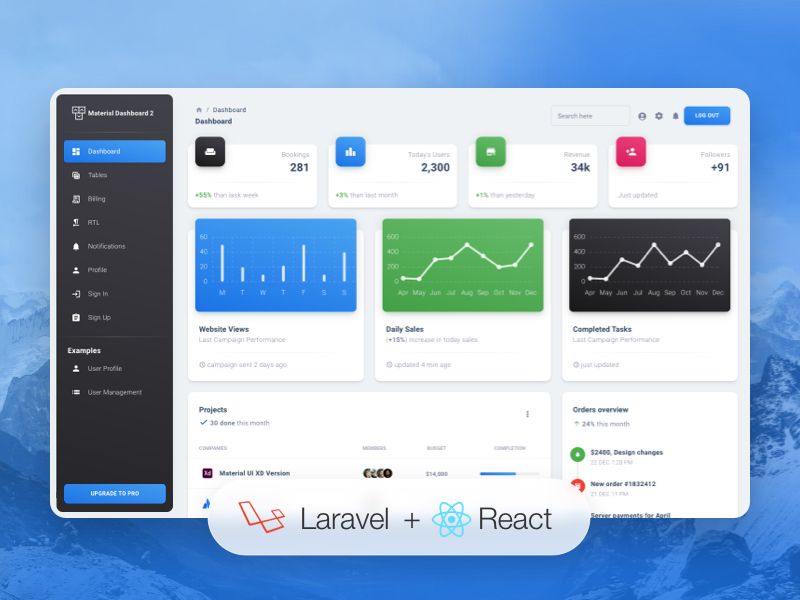
✅ Resources
- 👉 Access AppSeed and start your next project
- 👉 Deploy Projects on Aws, Azure, and DO via DeployPRO
- 👉 Create landing pages with Simpllo, an open-source site builder
- 👉 Django App Generator - A 2nd generation App Builder
